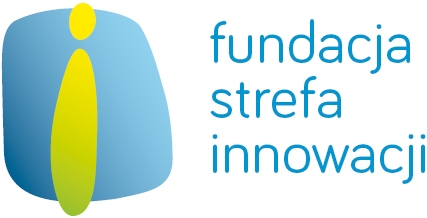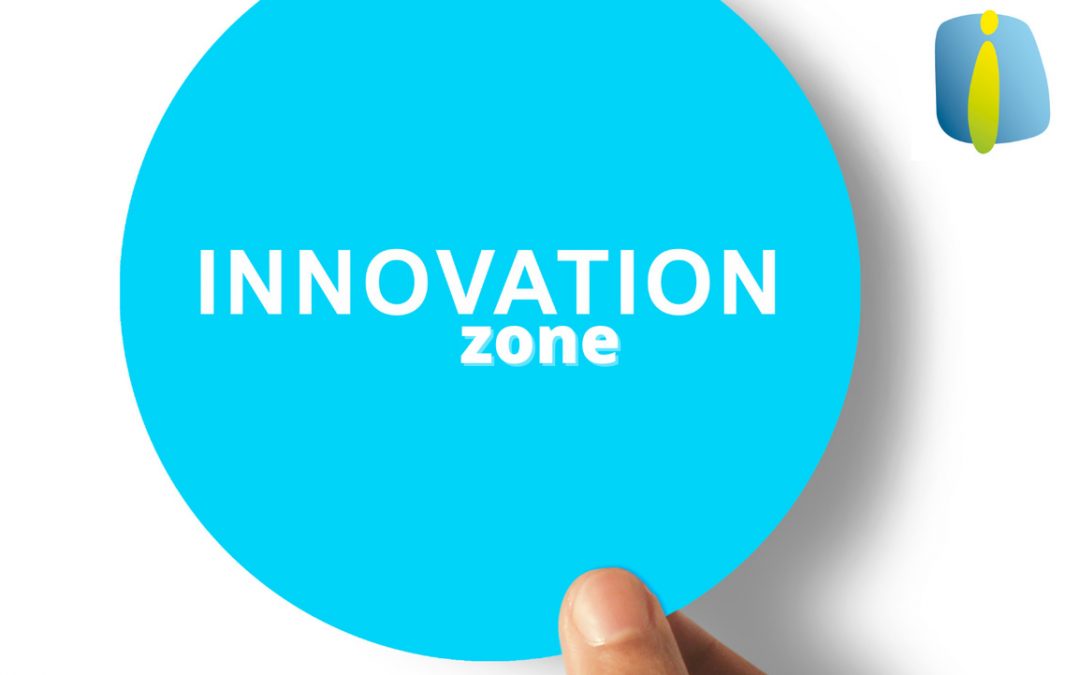The purpose of the project of Fundacja Strefa Innowacji „Lektorzy Sprawni Online” is to support the teachers of the English language with visual impairment in gaining professional experience by providing them with accessible and functional tools to do their job as well as developing their skills and improving their knowledge on remote teaching methodology.
Using the solutions, the English teachers will run a series of English courses.
Under the “Lektorzy Sprawni Online” project, accessible materials are to be developed, used both as a functional instrument for the teachers and as a source of materials for their students. Accessibility and functionality are key here.
Creating materials is done at two main levels: general and technical. The general process is establishing the structure, the main topics and types of exercises, the range of tasks and the creation of the content.
The textual content of the materials is created by experienced teachers, practitioners, and methodologists. The content is grouped into files and assigned to particular folders.
During this stage, it is recommended to take care of the unified formatting of the files and keep the established structure of tasks and exercises. This is very important during the technical process, as the content is to be posted on an e-learning platform, and maintaining the unified form means time-saving, among others.
The technical process involves the selection of the interface, adjusting the structure and posting the content on the dedicated e-learning platform as well as, which is strongly recommended, making systematic additions and adjustments, and also constant corrections of mistakes.
Moodle is the platform we post materials on. The challenges that the creator of the course has to deal with are the creation of a matrix and filling it with suitable content. The first stage involves implementing the right skin, i.e., an accessible and functional interface background.
The second stage is implementing the content on the platform, which is connected with defining the proper language. It is of utmost importance in the case of language courses in particular. The website’s language is the first layout; the second is the language of the content.
The next step is a careful selection of exercises as well as interactive tasks. The creator has to ensure that all the elements, such as extended lists, and multimedia, are designed following the accessibility criteria.
At every stage of the technical process, constant testing is important because the users of our courses could also be screenreader users. The opinions and comments of testers are consulted constantly, and if it is possible, corrections to the materials are made.
Using an LMS platform, i.e., the Learning Management System such as Moodle, we must remember that the platform’s core restricts its functionality and accessibility. It can be compared to a block of flats. The platform is like a block. The flats are implemented sets of courses. The functionality and accessibility of the course are restricted, but we have the freedom of posting the content, like a flat can be furnished as we wish; however, we cannot extend its area or move its walls. While designing the courses, we also need to create them under the platform’s framework. We want our courses to be a source of learning for students, a useful tool for teachers, and to make sure that the users can use the content freely, focussing on the tasks, exercises, and learning itself.
link to the article: Fundacja Strefa Innowacji: “Lektorzy Sprawni Online” – the project for English teachers with visual disabilities | EPALE (europa.eu)

